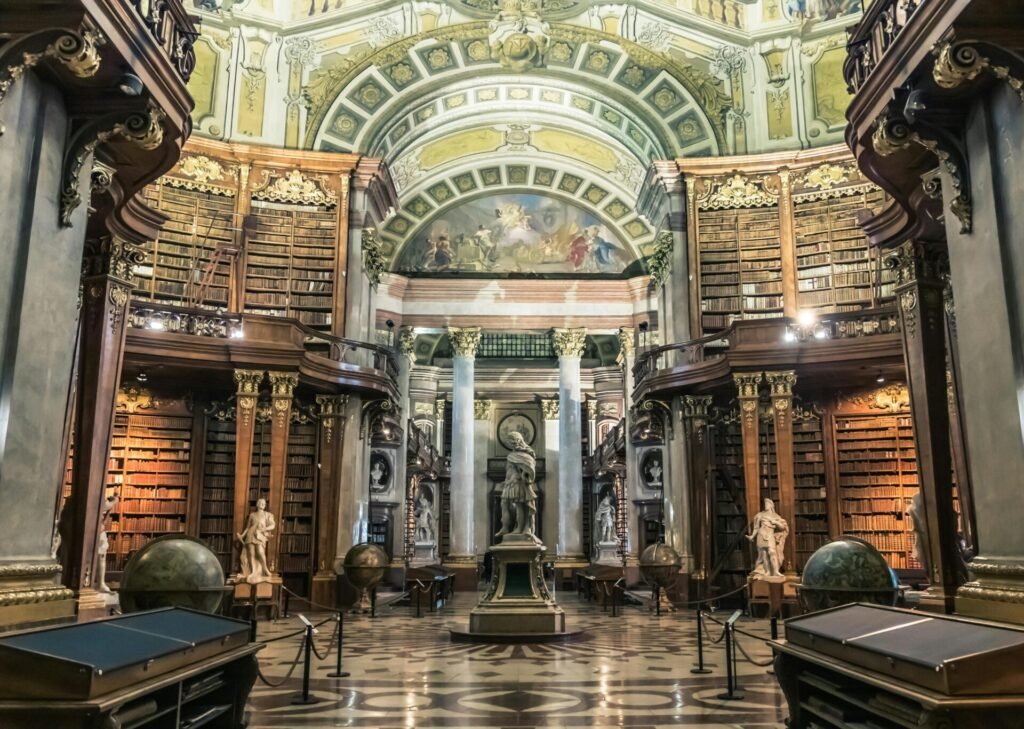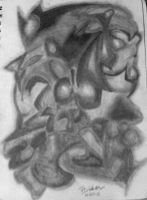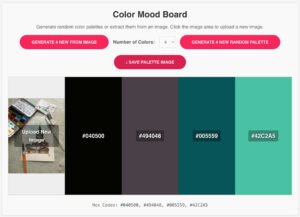Sketchbooks offer a rare glimpse into the raw, unfiltered mind of an artist. They capture fleeting ideas, evolving techniques, and the intimate process behind masterpieces. For art lovers, students, and creatives alike, museums that feature sketchbook collections from renowned artists provide a unique opportunity to witness creativity in its most authentic form.
This post explores some of the best museums around the world that showcase sketchbooks as part of their permanent or rotating collections, highlighting why these artifacts matter and what visitors can expect to discover.
Why Sketchbooks Matter in Art History
Sketchbooks are more than preliminary studies—they’re personal journals of visual thought. They reveal:
- Creative Process: From rough thumbnails to detailed studies, sketchbooks show how ideas evolve.
- Artistic Intuition: They capture spontaneous gestures, emotional responses, and experimentation.
- Historical Context: Sketches often reflect the cultural, political, or personal backdrop of the artist’s life.
Museums that preserve and exhibit these collections help bridge the gap between finished works and the journey that led to them.
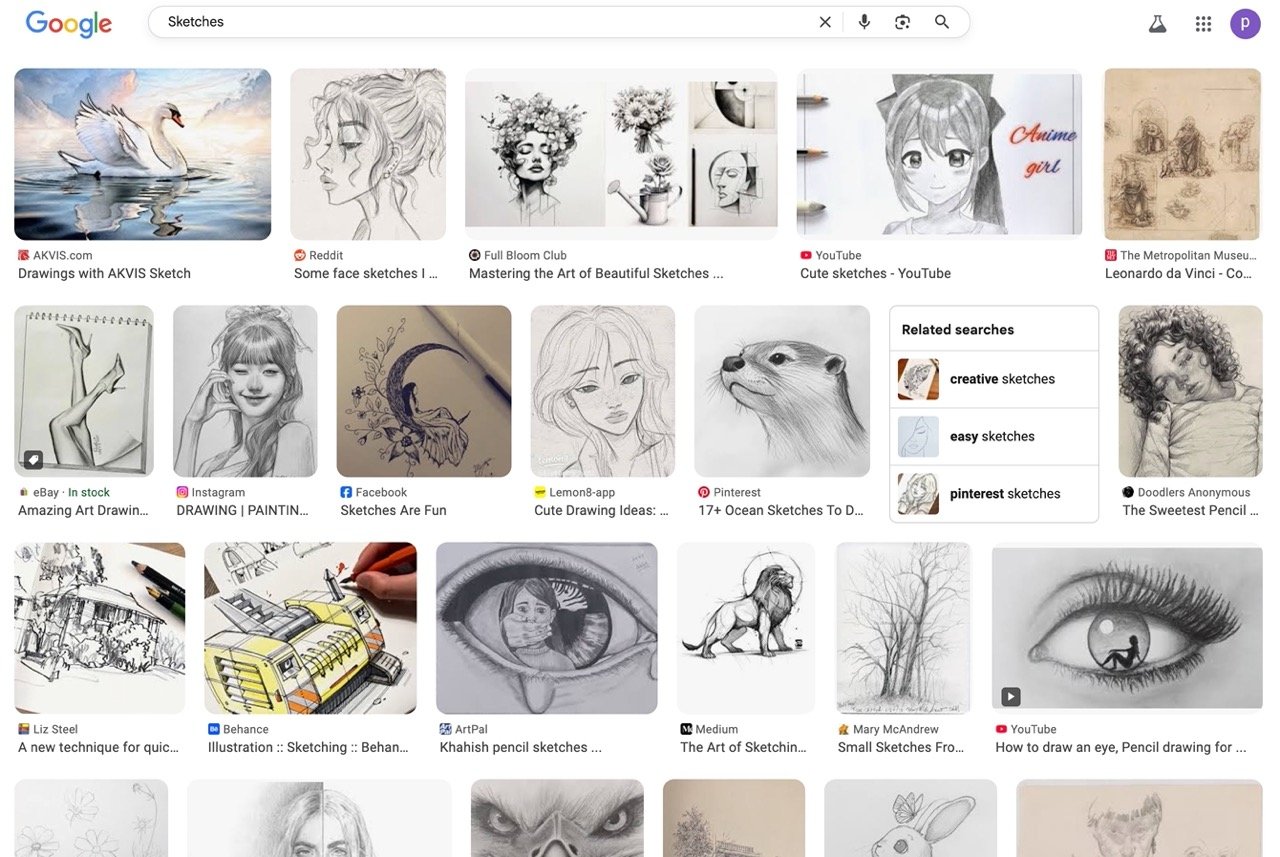
GOOGLE IMAGES
Museums Sketchbook Collections
Visuals are key to understanding. We created a Google Image search for "Museums Sketchbook Collections" to provide you with additional context and inspiring examples.
The Metropolitan Museum of Art – New York, USA
The Met houses an extensive archive of sketchbooks, particularly in its Drawings and Prints department. Visitors can explore works by:
- Vincent van Gogh: His sketch studies reveal his obsession with movement and light.
- John Singer Sargent: Loose, expressive sketches that contrast with his polished portraits.
- Georgia O’Keeffe: Delicate line work and floral studies that hint at her later abstractions.
The museum also offers digital access to select sketchbooks, making them available to global audiences.

The British Museum – London, UK
Known for its vast collection of historical artifacts, the British Museum also features sketchbooks from:
- J.M.W. Turner: His travel sketchbooks are legendary, filled with atmospheric landscapes and architectural studies.
- William Blake: Combining poetry and illustration, Blake’s sketchbooks are deeply symbolic and visionary.
These collections are often part of special exhibitions focused on drawing and artistic development.
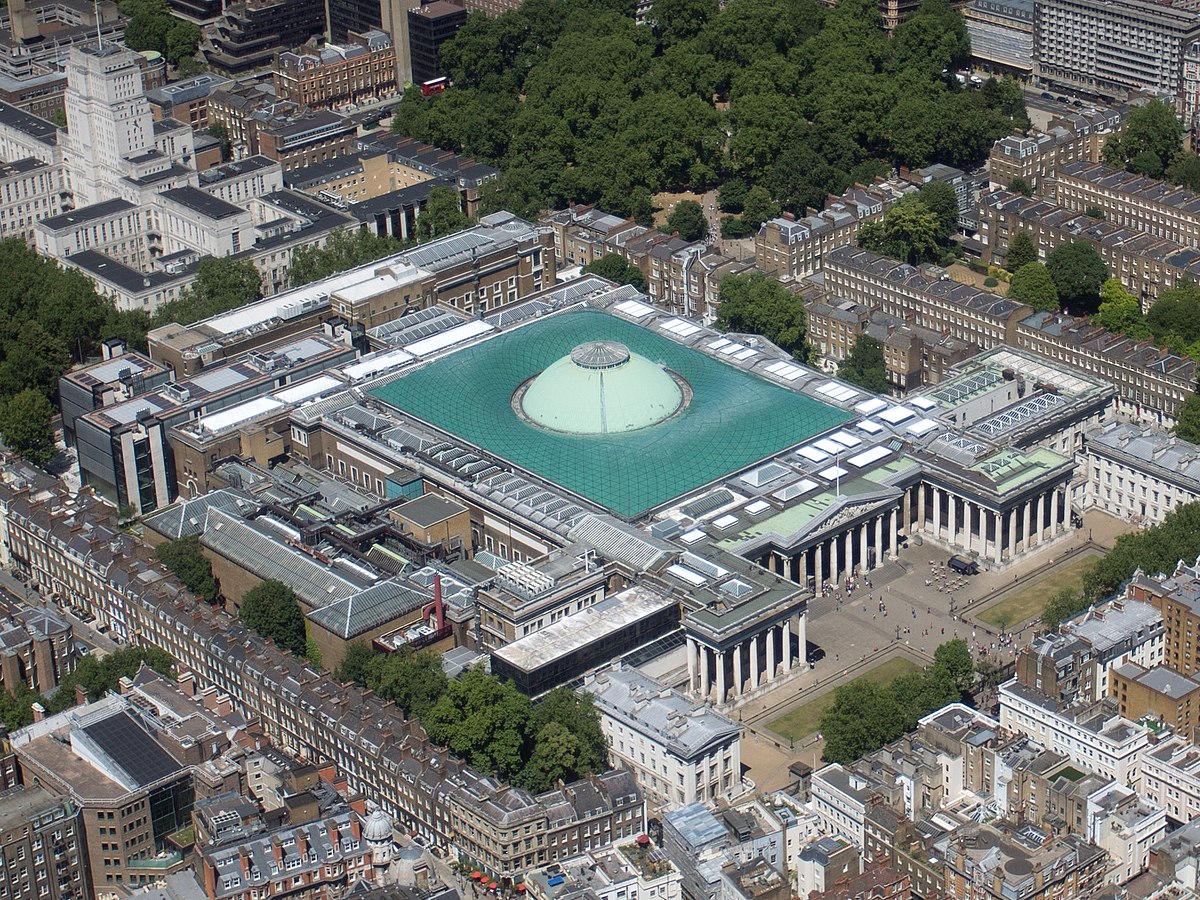
Musée d’Orsay – Paris, France
The Musée d’Orsay, home to many Impressionist and Post-Impressionist masterpieces, also showcases sketchbooks that illuminate the evolution of modern art.
Highlights include:
- Edgar Degas: Ballet studies and figure sketches that reveal his obsession with movement.
- Paul Cézanne: Structural explorations of form and color that predate Cubism.
The museum’s curatorial approach emphasizes the role of sketching in shaping artistic identity.
The Getty Center – Los Angeles, USA
The Getty’s Department of Drawings includes rare sketchbooks from European masters and contemporary artists.
Notable features:
- Leonardo da Vinci facsimiles: While originals are rarely displayed, high-quality reproductions offer insight into his anatomical and mechanical studies.
- Modernist sketchbooks: Works by artists like Ellsworth Kelly and Cy Twombly show how abstraction begins with line and gesture.
The Getty also supports conservation efforts to preserve fragile sketchbook materials.

Staatliche Museen zu Berlin – Berlin, Germany
Berlin’s state museums collectively house one of Europe’s richest collections of drawings and sketchbooks.
Key highlights:
- Albrecht Dürer: His detailed studies of hands, animals, and nature are foundational to Renaissance art.
- Käthe Kollwitz: Emotionally charged sketches that document war, grief, and resilience.
These sketchbooks are often featured in thematic exhibitions on drawing as a medium of resistance and reflection.

What to Look for When Visiting Sketchbook Exhibits
Sketchbook collections vary widely in presentation. Here’s what to keep an eye out for:
- Chronological Progression: Some exhibits show how an artist’s style evolved over time.
- Mixed Media: Many sketchbooks include watercolor, ink, collage, and notes.
- Annotations and Marginalia: Personal writings can offer context or emotional depth.
- Interactive Displays: Digital kiosks or augmented reality may allow deeper exploration without damaging originals.
How Museums Preserve and Present Sketchbooks
Because sketchbooks are often fragile and light-sensitive, museums take special care in their preservation:
- Climate-Controlled Cases: Protect paper from humidity and temperature fluctuations.
- Limited Exposure: Rotating displays prevent long-term light damage.
- Digitization Projects: Many institutions scan sketchbooks for online access, expanding reach while preserving originals.
These efforts ensure that future generations can continue to learn from and be inspired by these intimate works.

Sketchbooks.org | DIGITAL MATERIALS
Using New CAD and AI Drawing Tools
A Fresh Take on Sketchbook Inspiration: Blending Art with Technology In today’s rapidly evolving creative landscape, technology is redefining the way artists approach their craft. Digital applications and AI drawing tools are creating new possibilities...
Frequently Asked Questions
Why are sketchbooks important in understanding an artist’s work?
They reveal the thought process, experimentation, and evolution behind finished pieces.
Can I view sketchbooks online from these museums?
Yes, many museums offer digital archives or scanned pages of select sketchbooks.
Are sketchbooks considered finished works of art?
Not usually, but they are valued for their authenticity and insight into artistic development.
Do museums rotate sketchbook exhibits?
Yes, due to preservation needs, sketchbooks are often shown temporarily or in rotation.
Are there sketchbooks from contemporary artists in museums?
Absolutely—many institutions collect and exhibit modern sketchbooks alongside historical ones.
Can I sketch in museums that feature sketchbook collections?
Most allow sketching in designated areas, but always check their policies first.
How do museums acquire sketchbooks?
Through donations, purchases, or artist estates, often with curatorial review.
Are children’s sketchbooks ever exhibited?
Rarely, but some museums feature youth art in educational or community-focused exhibits.
What materials are commonly found in sketchbooks?
Graphite, ink, watercolor, charcoal, and mixed media are typical.
Do sketchbooks include writing or poetry?
Yes, many artists combine visual and textual elements in their sketchbooks.
Final Thoughts
Museums that feature sketchbook collections from renowned artists offer a rare and intimate look into the creative soul. These pages—often messy, spontaneous, and deeply personal—remind us that art is a journey, not just a destination. Whether you’re an aspiring artist, a seasoned curator, or simply a curious visitor, exploring these collections can deepen your appreciation for the process behind the masterpiece.
Sketchbooks are the heartbeat of artistic exploration. And in the quiet corners of these museums, that heartbeat continues to echo.
Ready to Share Your Work?
